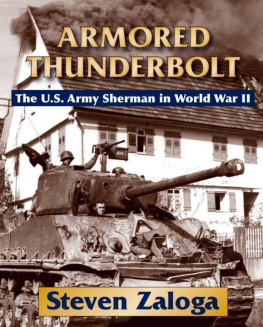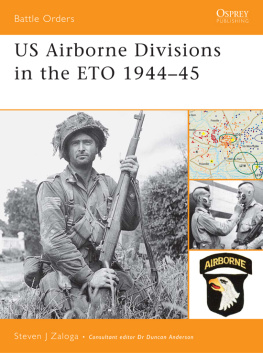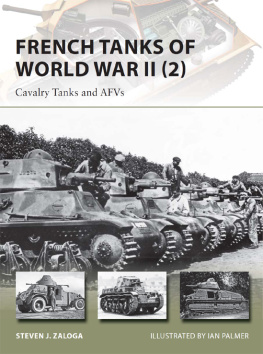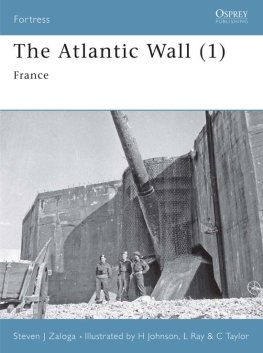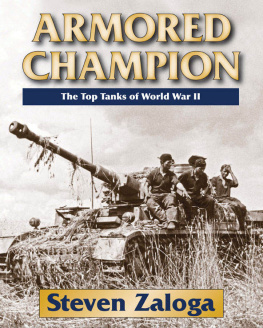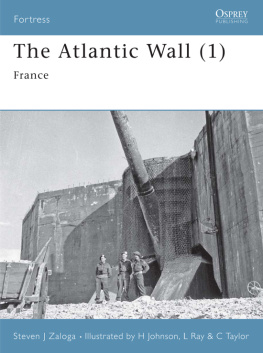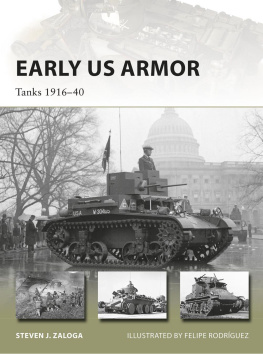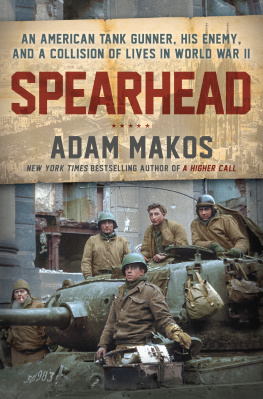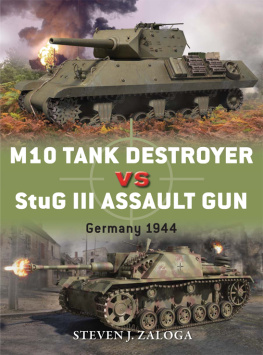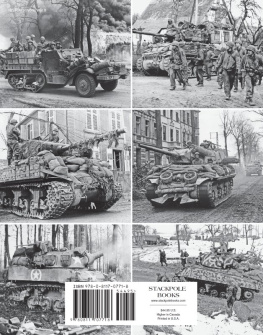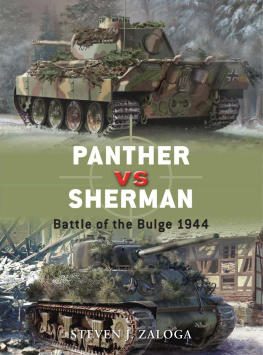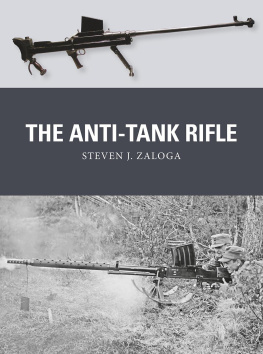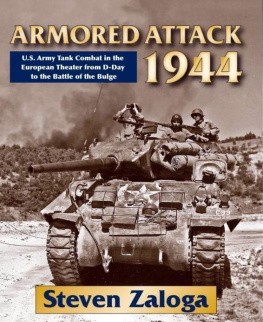THE U.S. ARMY SHERMAN IN WORLD WAR II
Steven Zaloga



................................................... Vi
Chapter 2 ................................... 33
Chapter 3 .................................... 61
Chapter 4 .................. 101
Chapter 5 ....................................... 137
Chapter 6 .................................. 171
Chapter 7 ............................ 201
Chapter 8 ...................... 243
Chapter 9 ..................................... 273
Chapter 10 ................ 301
Chapter 11 .................................... 323
Chapter 12 ............................ 327
........................... 331
.............................. 338
.......................................... 345
............................................... 347
........................................................ 358


This book is the result of more than three decades of research on tank technology and military history. I have been researching and writing about tank development since I was in college in the early 1970s. Starting in the late 1970s, I worked for a defense research firm where I tracked the development of the new generation of U.S. Army armored fighting vehicles, including the Ml Abrams tank and M2 Bradley infantry fighting vehicle. Over the years, I have interviewed the designers of the latest generation of American armored vehicles as well as the Russian and Ukrainian designers of the T-72 and T-80 tanks, the French designers of the Leclerc tank, and the German designers of the Leopard II tank. I have also worked for a government think tank where I was involved in studies of contemporary Russian and Chinese armored vehicle development. In the 1990s, I gave courses on armor and antiarmor technology for Technology Training Corporation.
My long-standing interest in military history has led me to interview many American tank crewmen and commanders from World War II, as well as from later conflicts in Korea, Vietnam, and Operation Desert Storm. As the son and grandson of U.S. Army veterans of World War II, 1 have naturally
gravitated toward the history of that conflict. I have written numerous books on U.S. tanks and armored vehicles in World War II, as well as those of the Soviet Union and other countries, and have also written a number of books on the campaigns of the U.S. Army in the war. This has given me the opportunity to visit many of the battlefields mentioned in this book-Omaha Beach, the bocage country of Normandy, the battlefields of Lorraine, and the Ardennes-and most of the world's major tank museums.
I have detailed my own professional background because it explains the approach I take in this book. This is not a lawn-mower catalog of the Sherman tank and its many production variants. Nor is it a collection of accounts of Sherman units in combat. Rather, it is an attempt to explain how and why the Sherman tank was developed and how its evolution was affected by U.S. combat experiences in World War II.
There are several histories of the Sherman tank in print, most notably Dick Hunnicutt's monumental study. Most of these books look at the Sherman primarily from the technical standpoint and the perspective of the Ordnance Department of the U.S. Army, which was responsible for designing the Sherman. Other studies, such as Charles Baily's groundbreaking Faint Praise, broadened the coverage to examine the interplay between ordnance and other elements of the army bureaucracy, such as the headquarters of the Army Ground Forces and Armored Force. This book attempts to add another critical layer to this story by examining the interplay between the technical and bureaucratic aspects of the development of the Sherman tank, the evolution of the enemy threat and its impact on that development, and finally the role that the combat use of the Sherman by the U.S. Army played on its further evolution.
I have received the generous help of many people in my research over the years. My earliest inspiration for the study of American tank development was Col. Robert J. Icks, who served in Ordnance during World War II designing armored vehicles such as the M3 75mm GMC tank destroyer. Bob Icks was responsible for the first serious writing about tank development in the United States, starting with his book The Fighting Tanks in 1933. He continued to write about tank development until his death in 1985. Bob generously helped younger writers like me, and his enthusiasm for tank history was infectious.
One of Bob's disciples was Col. James Loop, an air defense officer who had a similar passion for tank history. Jim was connected with a number of early publishing ventures on tank history, such as AFV-G2 magazine, and like Bob, he offered enthusiastic encouragement of other tank buffs. During his tour of duty in Vietnam, Jim's commander was Col. James Leach, who had led Company B, 37th Tank Battalion, 4th Armored Division, during the Battle of the Bulge. During the 1980s, we would meet at the annual Association of the U.S. Army convention in Washington, DC, and Jimmie Leach would impart his considerable knowledge about tank combat in World War II. His dedication to the history of the U.S. Armored Force broadened my interest beyond the technical issues to the tactical issues of Sherman history. Another of my early influences was Bruce Culver, who wrote some of the earliest articles on Sherman history for IPMS Journal and other magazines. In the 1970s, Bruce and I squandered a fair amount of our summer vacation time traveling down to Washington to poke through the archives looking for "Sherman stuff."
The circle of tank historians is a fairly small one, and two other people whom I would like to acknowledge are George Bradford and Janusz Magnuski. George founded the premier magazine on tank history, AFV News, in which he published my first article back in 1968. Janusz was the leading researcher on Soviet tank history back in the dark days of the 1960s, 1970s, and 1980s when virtually nothing was published on this important subject in the Soviet Union. Janusz was my mentor on Soviet tanks and helped me to gain a broader appreciation for worldwide tank development in World War II. In
Britain, Peter Brown and Ken Jones have tried their best to interest me in British tank history, with mixed results. David Fletcher of the Tank Museum at Bovington, the foremost historian of British tank development in World War II, has always provided his help when my research on U.S. tank subjects has bumped up against British issues. Dick Hunnicutt and Joe DeMarco are the two most knowledgeable specialists on the history of the Sherman tank and have always been helpful when I needed to pester someone about the most arcane details of Sherman history. One of my colleagues and fellow tank nuts while working at DMS Inc. in the 1980s was Lee Ness, who has given me a great deal of help based on his own extensive archival research.

